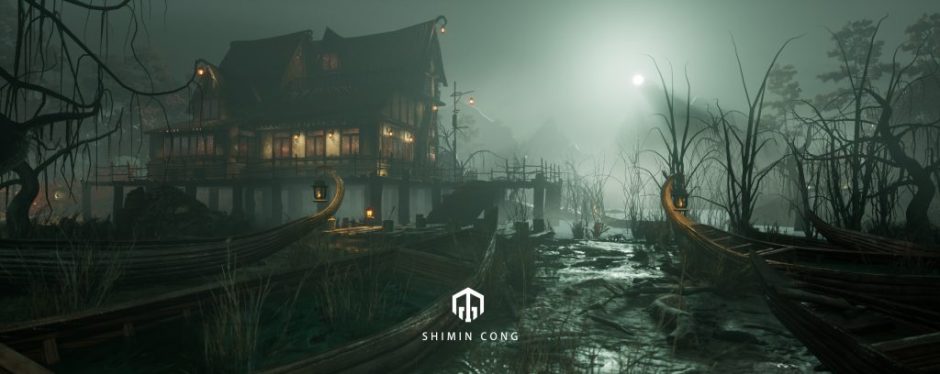Animation Principles in performance animation
- solid posing
- timing
- arcs
- slow-in & slow-down
- pose-to-pose
- anticipation
- follow-through and overlapping action
- square and stretch
preparation stage
While animating for character, the animator himself should also be able to perform. I think this is the biggest challenge for me. From the perspective of an actor, I first think about whether the action is exaggerated. Can your actions be understood by the audience? Therefore, I spend a lot of time watching some TV shows. For example, “The Dick Van Dyke Show” and “Charlie Chaplin”.


The character movements of these film and television works are exaggerated, which is very suitable as a reference for animation. Therefore, I selected part of the audio from “The Dick Van Dyke Show” and tried to use myself as an actor. In this performance exercise, I acted as both a doctor and a patient.

Due to the limit of the number of people, in the final result, I had to combine the two videos.

Although the picture is a bit rough, it is enough as a reference and timing for the action. Of course, my acting skills need more practice and improvement.

Then I chose MOOM among many roles. This is my favorite role.

However, the biggest problem with this character is that the expression controller does not move with the model.

For this position, my solution is to split the window operation as shown in the figure. The left window is the expression controller, and the right window is the free perspective.
Modeling

As shown in the picture, at this stage, I simply created two tables, a small chair that can be interacted with, and a medical bed. And place the character in a suitable location. In addition, in order to better refer to my own actions, four planes were created, placed around them, and given video textures.
Animating
Because this action requires the hand to be fixed in one position for a period of time, I set the controllers of both hands to IK. This is different from previous exercises. But the principle is always the same. As long as you pay attention to body mechanics during the animation process, you can accomplish the task in any way.

The first thing to do is to block, to quickly grasp the rhythm of the character’s movements.

Then, adjust facial expressions in the same way as the previous two windows. And start polish the action. This is a long process, I think all the details are adjusting the movement curve.
Texturing, lighting and rendering
This is a cartoon style animation, so in the texturing stage I plan to use quxiel’s product-Bridger. There are many materials in Bridger suitable for this animation production.

The basecolor map, normal map and roughness map are used on the Arnold shader.

In the texturing stage, the control of the model UV and the multiplier of the texture in the U and V directions need to be adjusted. It can adjust the size of the floor and wall patterns. As shown in the picture, this time, the lighting of the animation is placed. There are 4 light sources in total. Two of the surgical spotlights are the main light sources. The other two light sources are fill light.
Rendering and composite
Since I want to use UAL’s Deadline render, I also need to re-texturing on the UAL computer. In this process, you need to pay attention to the path location of the texture file, otherwise, these pictures will not be recognized.


After rendering, I performed color adjustment, stylization and final editing in AE and PR respectively. The final video obtained is as follows:
